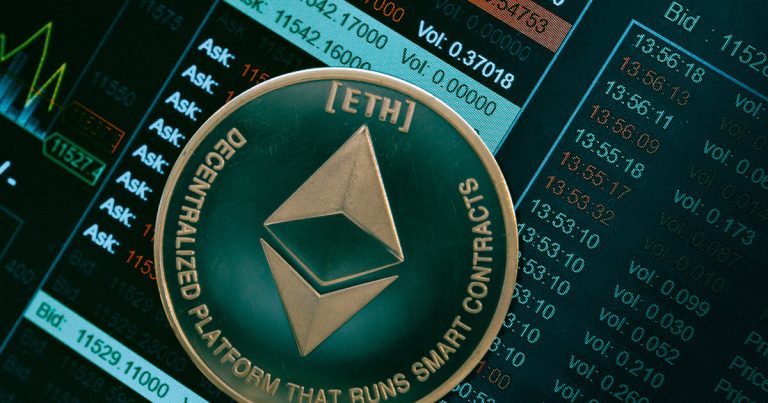
Spot Ethereum ETFs in the US have indeed extended their inflow streak to 16 days, with a reported $52 million in daily net inflows, contributing to a total of $890.5 million over this period. This marks the longest inflow streak for Ethereum ETFs in 2025, reflecting growing institutional confidence in Ethereum. BlackRock’s iShares Ethereum Trust (ETHA) has been a major driver, consistently leading inflows, with $576 million over the past two weeks alone. The streak, which began on May 16, 2025, accounts for roughly 25% of the $3.32 billion in total net inflows since the ETFs launched in July 2024.
This surge aligns with Ethereum’s price recovery and network upgrades like Pectra, which reduced transaction costs significantly. However, Grayscale’s Ethereum Trust (ETHE) has seen outflows, offsetting some gains. If the trend continues, analysts predict Ethereum ETFs could hit $1 billion in cumulative inflows soon. The 16-day inflow streak for spot Ethereum ETFs, with $52 million in daily net inflows, carries significant implications for the crypto market, Ethereum’s ecosystem, and investor sentiment. The consistent inflows, totaling $890.5 million over 16 days, signal strong institutional interest in Ethereum as a long-term investment.
BlackRock’s iShares Ethereum Trust (ETHA) leading with $576 million in inflows underscores the involvement of major players, which could legitimize Ethereum further in traditional finance. This institutional backing may stabilize Ethereum’s price volatility and attract more conservative investors, as ETFs provide a regulated, accessible way to gain exposure without directly holding crypto. The inflow streak aligns with Ethereum’s price recovery, with ETH trading around $3,400-$3,600 recently (based on general market trends). The sustained demand from ETFs could push prices higher, especially if inflows surpass $1 billion soon, as analysts predict.
Register for Tekedia Mini-MBA edition 19 (Feb 9 – May 2, 2026): big discounts for early bird.
Tekedia AI in Business Masterclass opens registrations.
Join Tekedia Capital Syndicate and co-invest in great global startups.
Register for Tekedia AI Lab: From Technical Design to Deployment (next edition begins Jan 24 2026).

